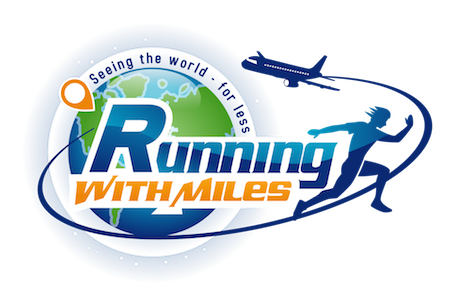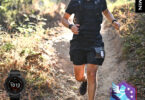I wrote a few weeks ago about how I was starting to look for marathons in Europe that might be interesting to run and review and even more interesting to travel to. Using points and miles is really fun for me when I can do something a little different than just taking the single option the award calendar spits out ![]() . I know, I am strange like that!
. I know, I am strange like that!
Anyway, in a quick overview of my marathon challenge, I had realized the Iceland Marathon was in August and that it was on a day that I would be available. The Challenge part came about because I have not run much at all in the last few weeks given our family’s moving plans, travel, and such. For people that know about training for marathons, optimal training schedules are between 16-18 weeks. It is possible to do it on shorter schedules to be sure, but it always helps to have a solid base in place. In my instance, I really do not have much of a base (the longest distance I ran recently was 27 miles on the treadmill back in May). Please note: if you do not have enough miles under your belt, you can hurt yourself starting from nothing and running a marathon on such a short timetable. I realize the potential is there for that, but given the amount of miles I have before that period and my reasonable goal, I feel I have ruled out the possibility of injuring myself to some extent.
So, once I decided to run the Iceland Marathon, I had 40 days until the race. In that time, I have to ramp up my mileage again and find a way to get to Iceland on the cheap from Greece. The challenge consists of:
- 40 days of training
- 40 miles (max) of training per week (to reduce the potential for injury in training)
- 4:00 hours for the marathon (which is about 30 minutes slower than my PR but is a suitable goal considering my lack of training)
- Use miles and points to get to Iceland, stay, and get home with as little cash outlay as possible
Race Prep
This past week was my last full week before the marathon. It was another busy week that was somewhat complicated by a national holiday here. That meant that my gym was closed for 4 days – days that I was planning on using it due to the heat. Oh well – at least the roads were pretty empty.
- Wednesday – 9 miles @ 8:16 pace
- Thursday – 7 miles @ 8:25 pace
- Saturday – 10.5 miles @ 8:34 pace
- Sunday – 6 miles @ 8:20 pace
- Total – 32.5 miles @ 8:25 pace
The last few days before a marathon always have me wondering if I am doing enough miles, too many miles, just the right amount. For this particular marathon, I am left just hoping I have enough miles on my feet to make it through the race. It has been so hot here that I have found it difficult to get quality runs in. I am finally starting to get used to the heat a bit but it may be too little too late. We shall see come this Saturday!
Necessity of Hydration
All runners know that they need to hydrate. What we fail to recognize sometimes is how often. Running in the heat makes for an obvious time to drink and most runners will carry water with them for all runs over 6 miles in heat. However, it is important to drink fluids even when it is not hot. When the weather is cooler, you can go further without water then when it is hot. The problem is that your body is still being quite active and you may be fooled by the cooler weather that you do not need to drink because you are not thirsty. If you wait to drink until you are thirsty, then it is too late. Your entire body needs fluids to operate – to operate at a high performance, it needs to be well-hydrated. Sometimes people are nervous about drinking too much during a race due to the possibility of getting cramps. It is a fine balance, because if you do not drink enough, you will begin to get muscle cramps from the muscles drying out and overheating.
It is a real shame to see fine race performances destroyed near the end because the runner forgot to drink, or thought he did not need to. During short training runs, it may seem like a good idea to go out and do the run and then drink when you return. While that will definitely satisfy your quench for water, the damage to your system may already be done. Your muscles need the fluid to move efficiently. When they are not receiving enough fluid, the stretching motion that occurs can put a lot of strain on them and that is how you can pull muscles.
I made these mistakes last year at St. George. I thought it was cool enough for I went for 10 miles even though I knew better. I was in a groove and did not want to mess it up by having to stop and refill my bottle. I paid dearly for that later in the race when the temps got into the 80s and my already strained hamstring started cramping. I probably could have prevented my injury by just hydrating better and earlier.
Tips for better hydration
Always carry a water bottle with you on your run, even for short runs. The weight it adds is negligible, plus you can get your body used to carrying a bottle should you decided to go that route in the marathon. Which leads me to say to plan on carrying water with you during your marathon. Too often, a race may not have their water stations adequately stocked and you may have waited until that particular station. Or maybe you start to get really thirsty in between stations. Again, it does not weigh that much to carry a water bottle with you. Plus it allows you the benefit of drinking when you want to instead of getting caught in the crowd at the aid stations. Experiment during your training runs to see what level of fluid intake is suitable for you. You do not want to flood your body but you also do you not want to deprive it. Finally, drink often throughout the day when you are not running, especially before and after an intense workout.







